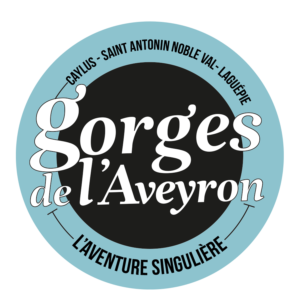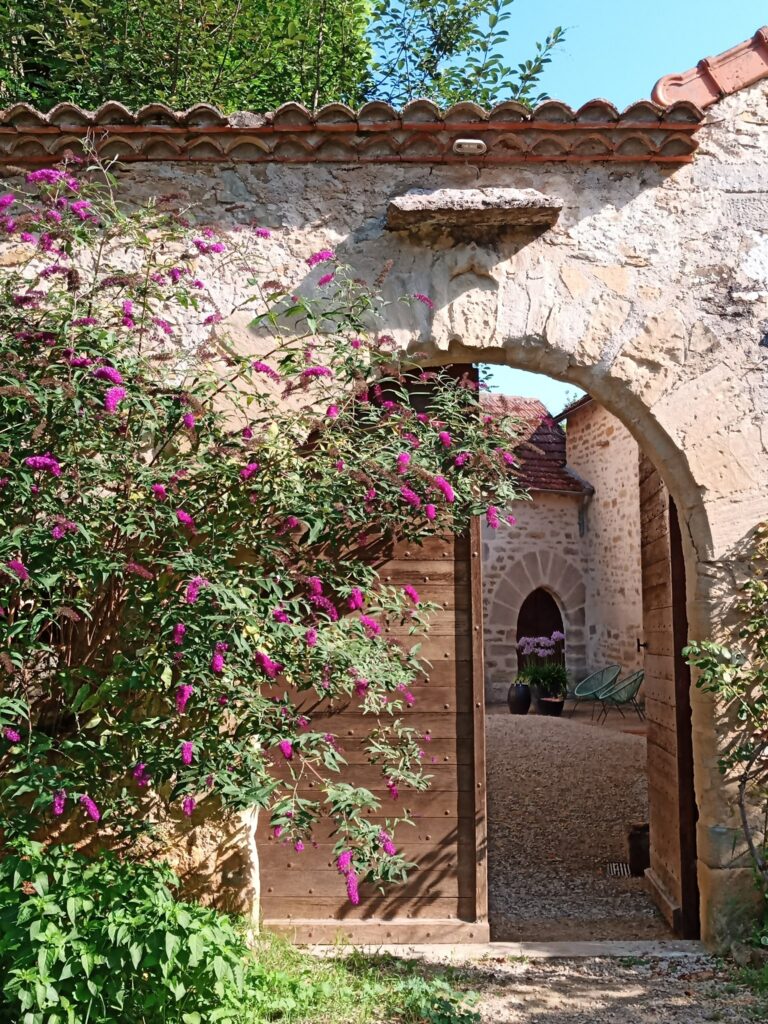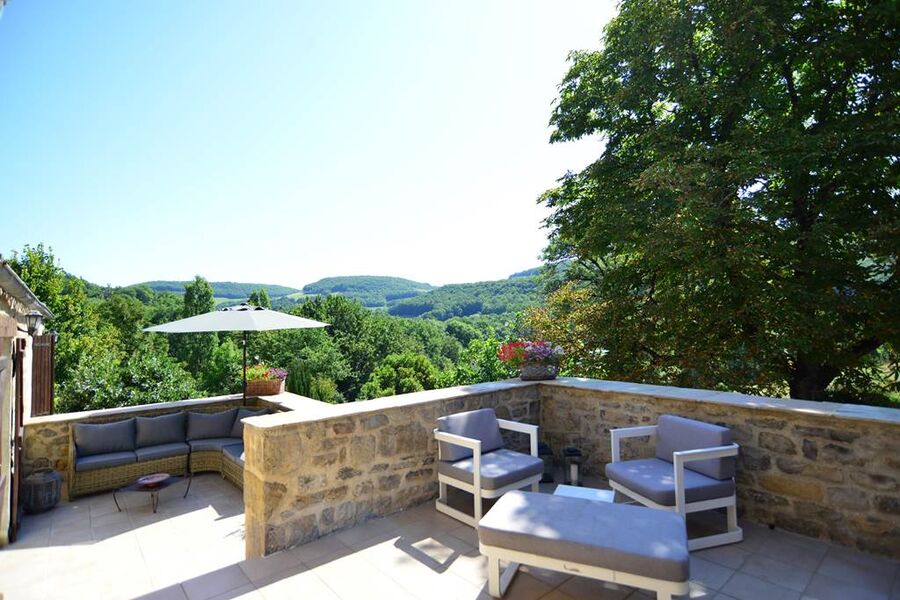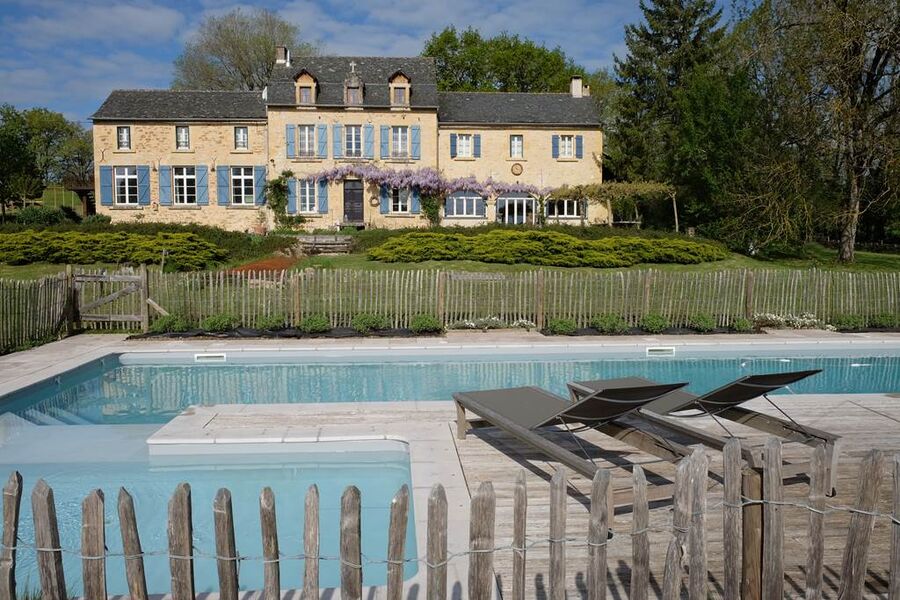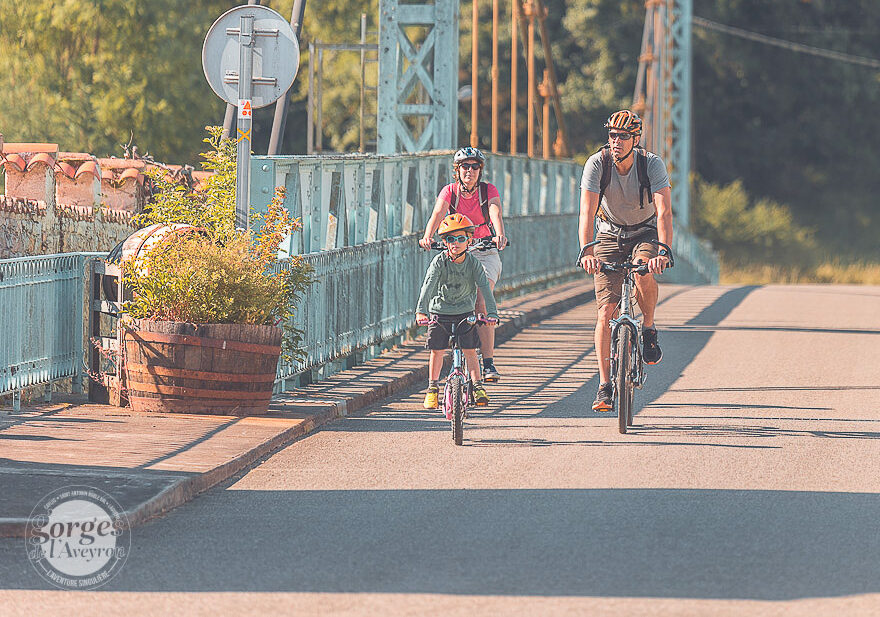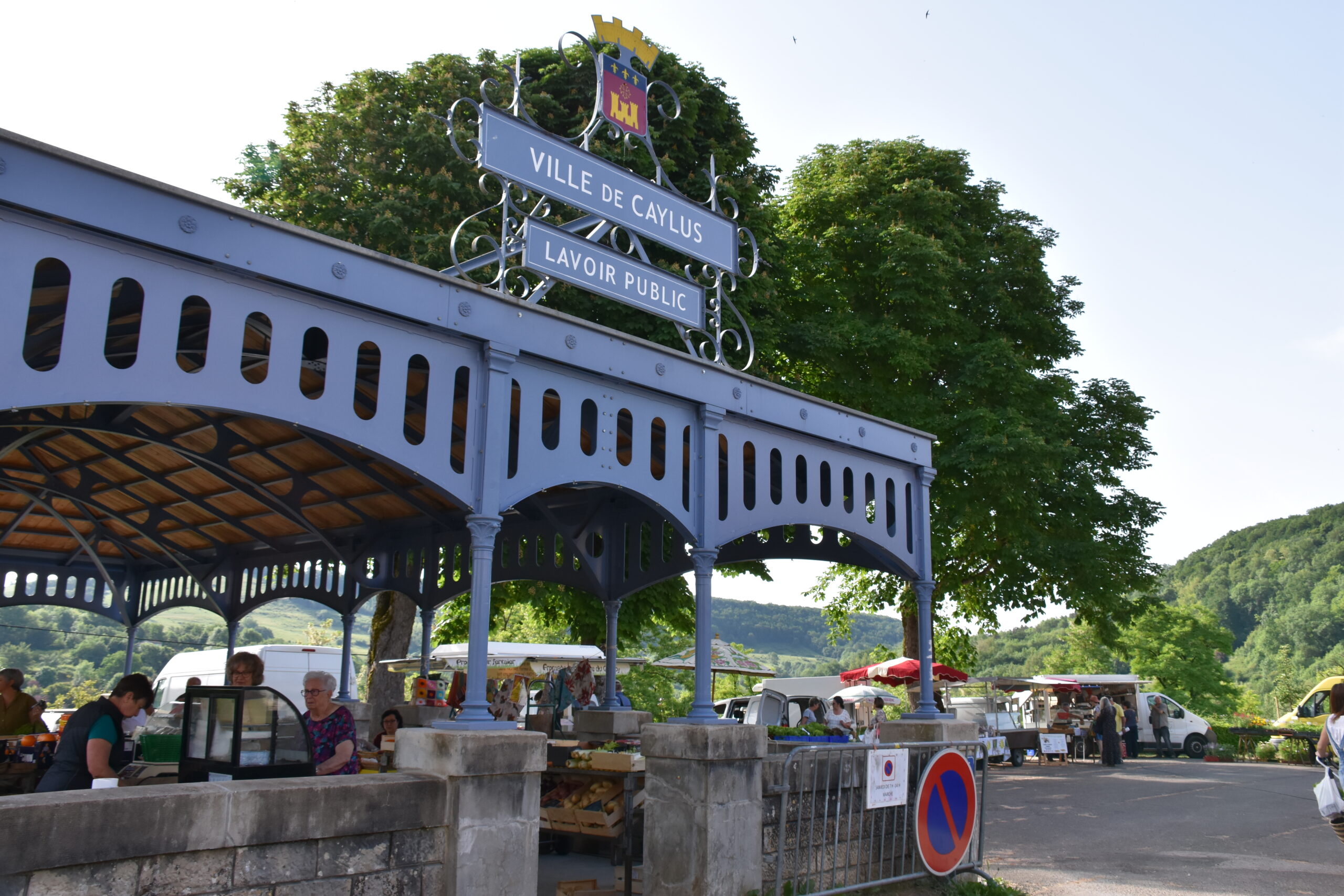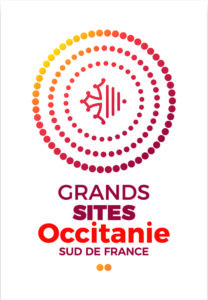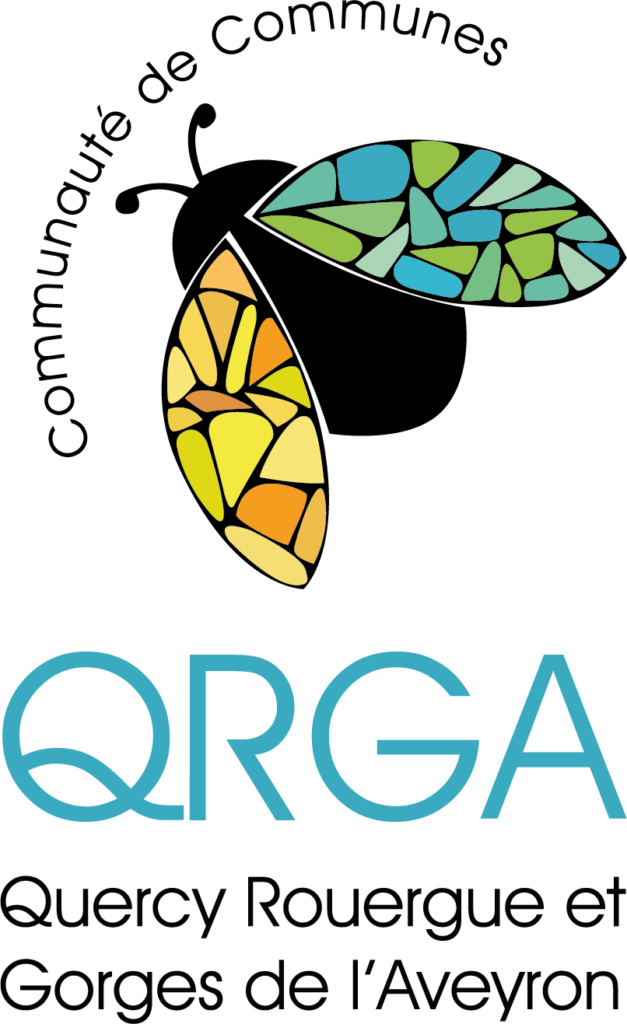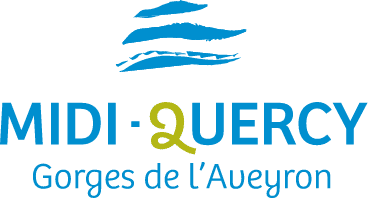Recommended by "Laurine
After 3 years of work, I was delighted to go and (re)discover this monument where there is such a special atmosphere.
Beaulieu Abbey has an astonishing location. As you drive along the narrow country lanes, you can smell the hay... and at the bend in the road, you'll see the large building of this Cistercian abbey, nestling in the heart of the fields...
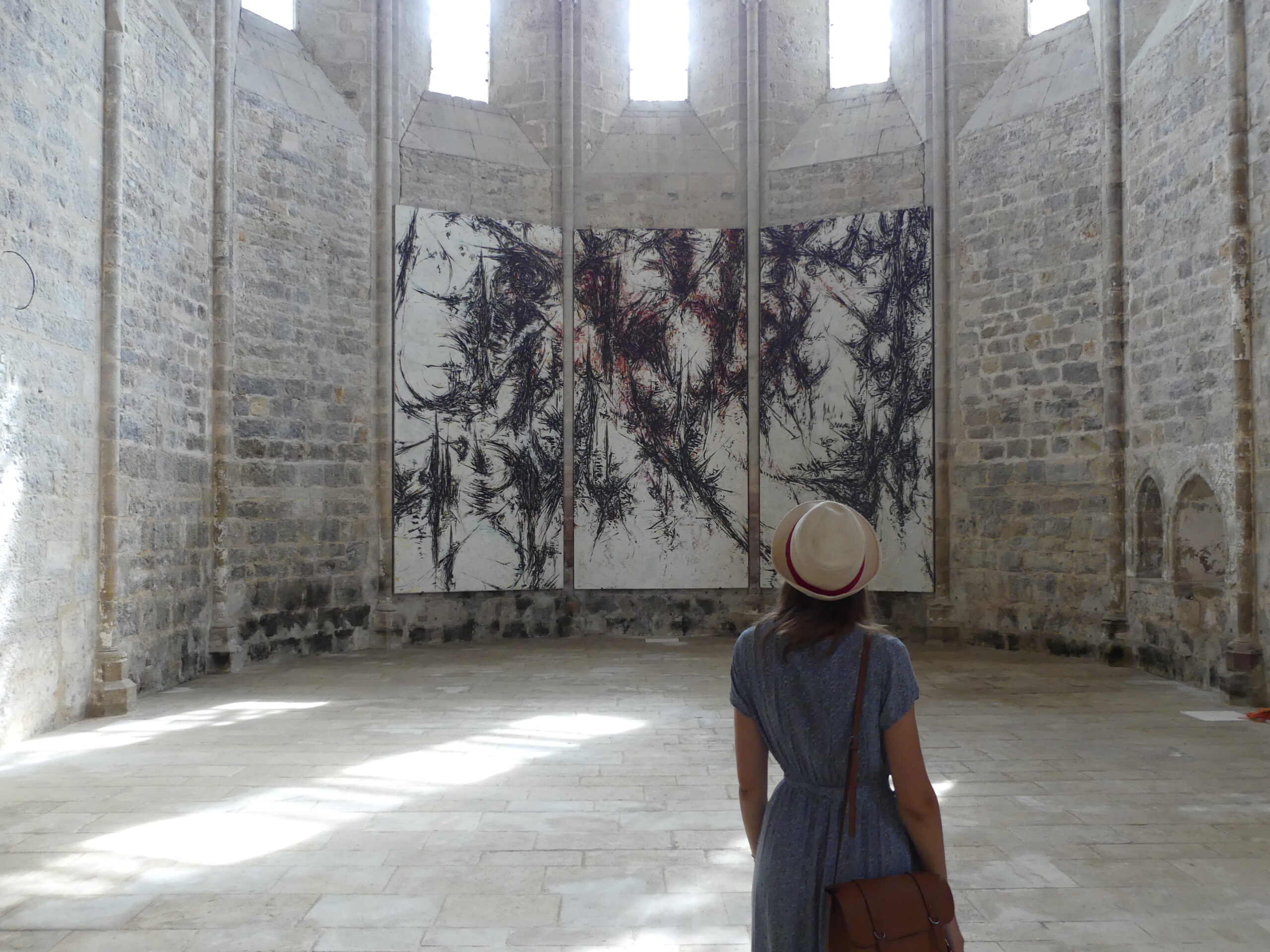
Some history
Belloc : a "beautiful place".
The abbey was founded in the 12th century by Cistercian monks and modified in the 17th and 18th centuries. The choice of the place is not a coincidence: the presence of water is fundamental to create the canals and fishponds. The building is typical of Cistercian architecture and respects the humility and sobriety of this order. For a moment, you can imagine the monks walking around the cloister, which has now disappeared. The chapter house is particularly peaceful for me. The building was partly dismantled during the Revolution, with plans to move it to St-Antonin.
In 1953, art collectors Geneviève Bonnefoi and Pierre Brache discovered the abbey in a dilapidated state. After extensive restoration work, the art centre was inaugurated in 1970.
In 2022, the building was given a new lease of life thanks to a three-year renovation that included access to the monks' dormitory wing, which had previously been closed to the public.
The history of the place is explained in the museum by means of interactive devices.
the view
the collections
Inside, you'll discover the extensive collection of modern art amassed by the Brache-Bonnefoi couple, including works from the Trente Glorieuses and the New School of Paris by artists such as Dubuffet, Michaux and Hantaï. These works from the 1940s are not unrelated to Cistercian art, with its sobriety. The mixtures of materials are surprising: cardboard, molten metal, crushed stone... The artists were looking for different materials to express gesture and movement. My personal favourite: the Nuagisme room, with its lightness.
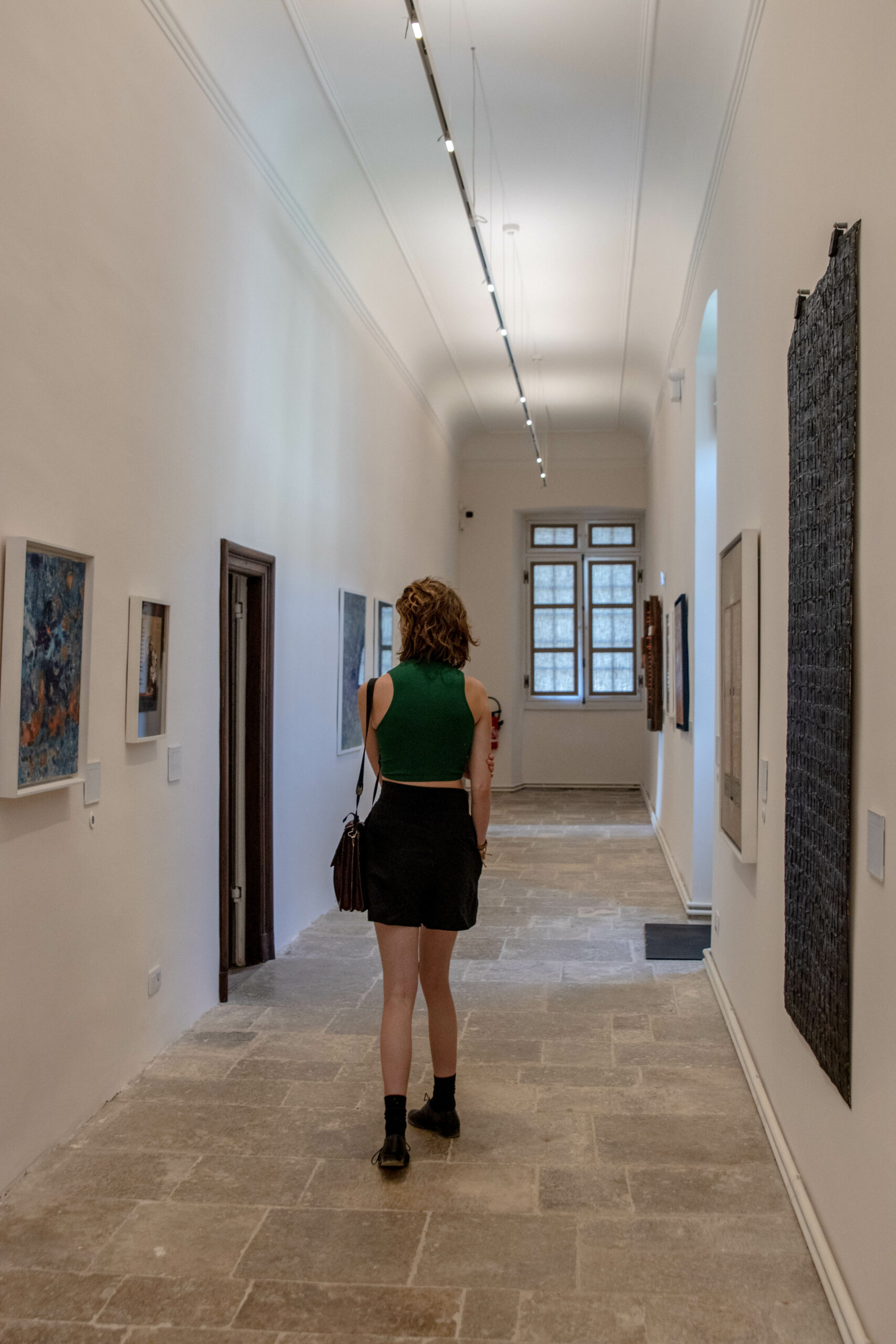
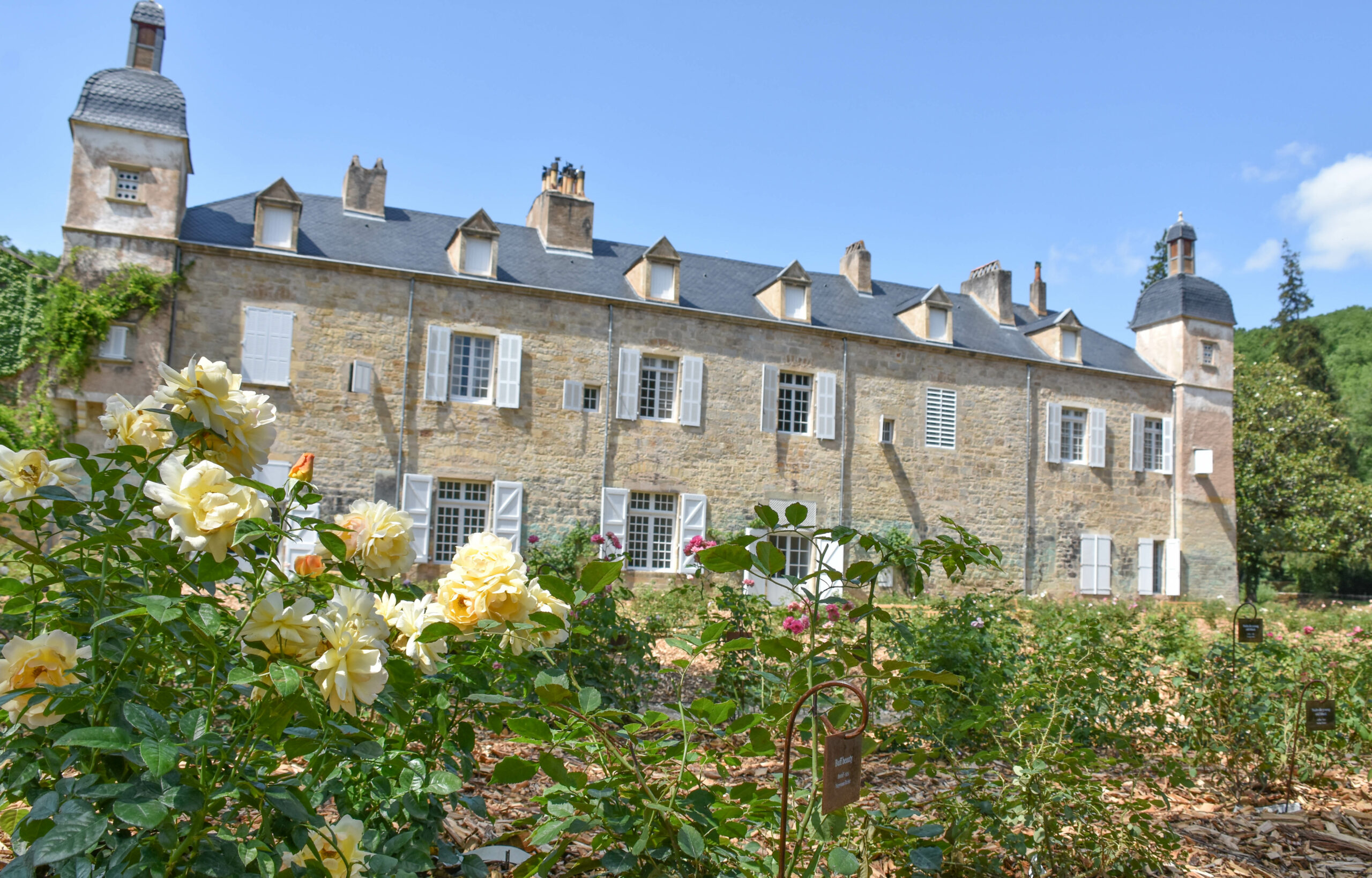
the sense of smell
The André Eve Rose Garden
Once in the gardens, you will be lulled by the sound of the canals built by the monks. Discover also the curved garden planted with a thousand rosebushes offering a thousand colours and scents. of roses André Eve
The best way to take advantage of this is the afternoon readings organised every Sunday in the summer at 3pm. Comfortably lying on a deckchair, you listen to the voice of the storyteller and enjoy this special moment.
Taste
The monks' hall
After the visit, treat yourself to a gourmet break, in the peace and quiet of the roses, at the abbey snack bar. The dishes are prepared by Forks and Company and concocted with local products in the old monks' kitchen. For a little sweetness, the snack bar is also a tea room: tarts, macaroons, ice creams according to the chef's wishes and home-made beers...
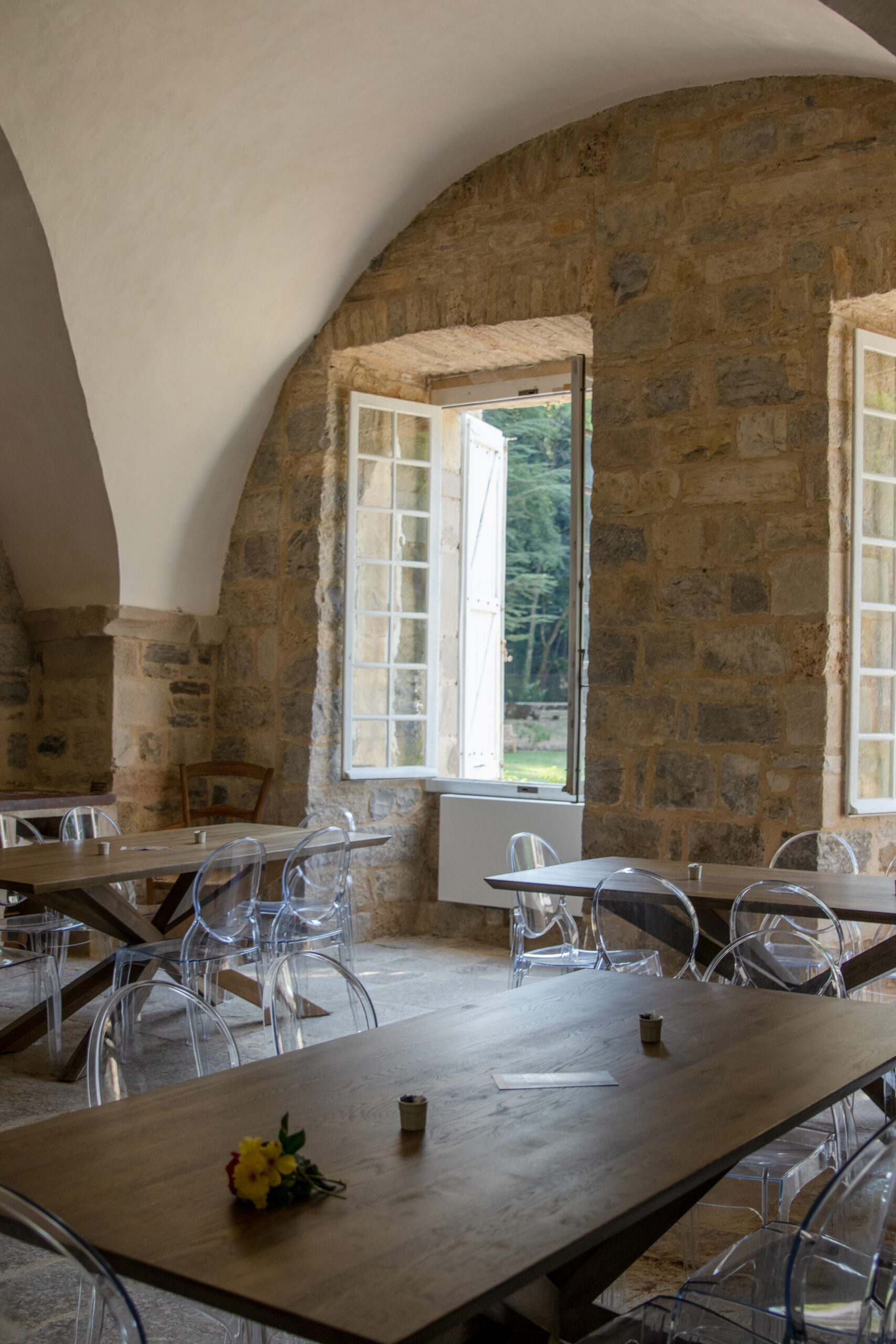
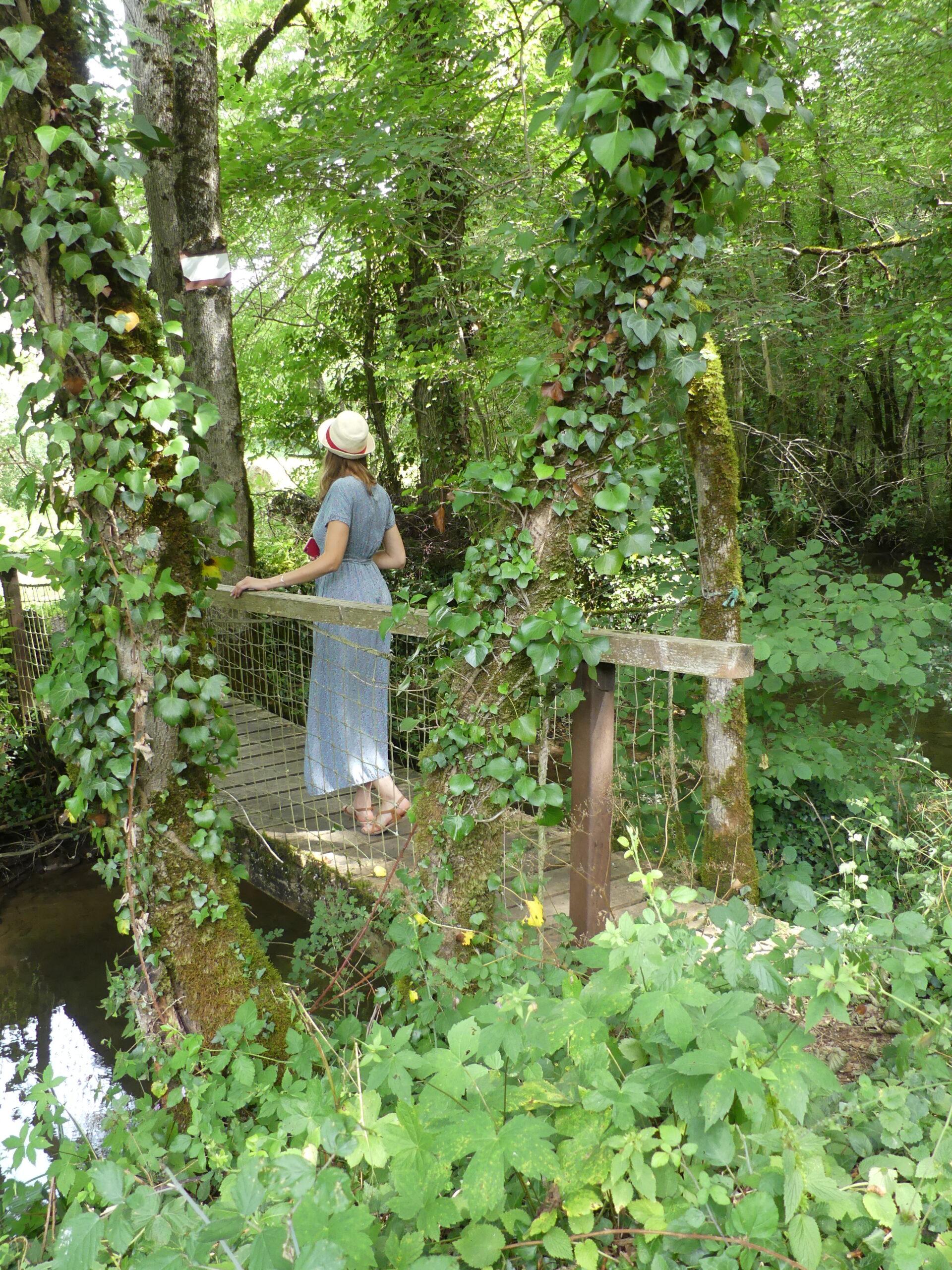
hearing
Extend the visit with the orchid trail
To take advantage of the setting, two paths are available for a walk, the orchid path and the elder tree path, to follow the Seye and the spring that supplies the fish ponds with water. On the way, have fun recognising the different flowers according to the season, snowdrops, orchids, lungwort... and say hello to Homer and Marge, the abbey's swans.
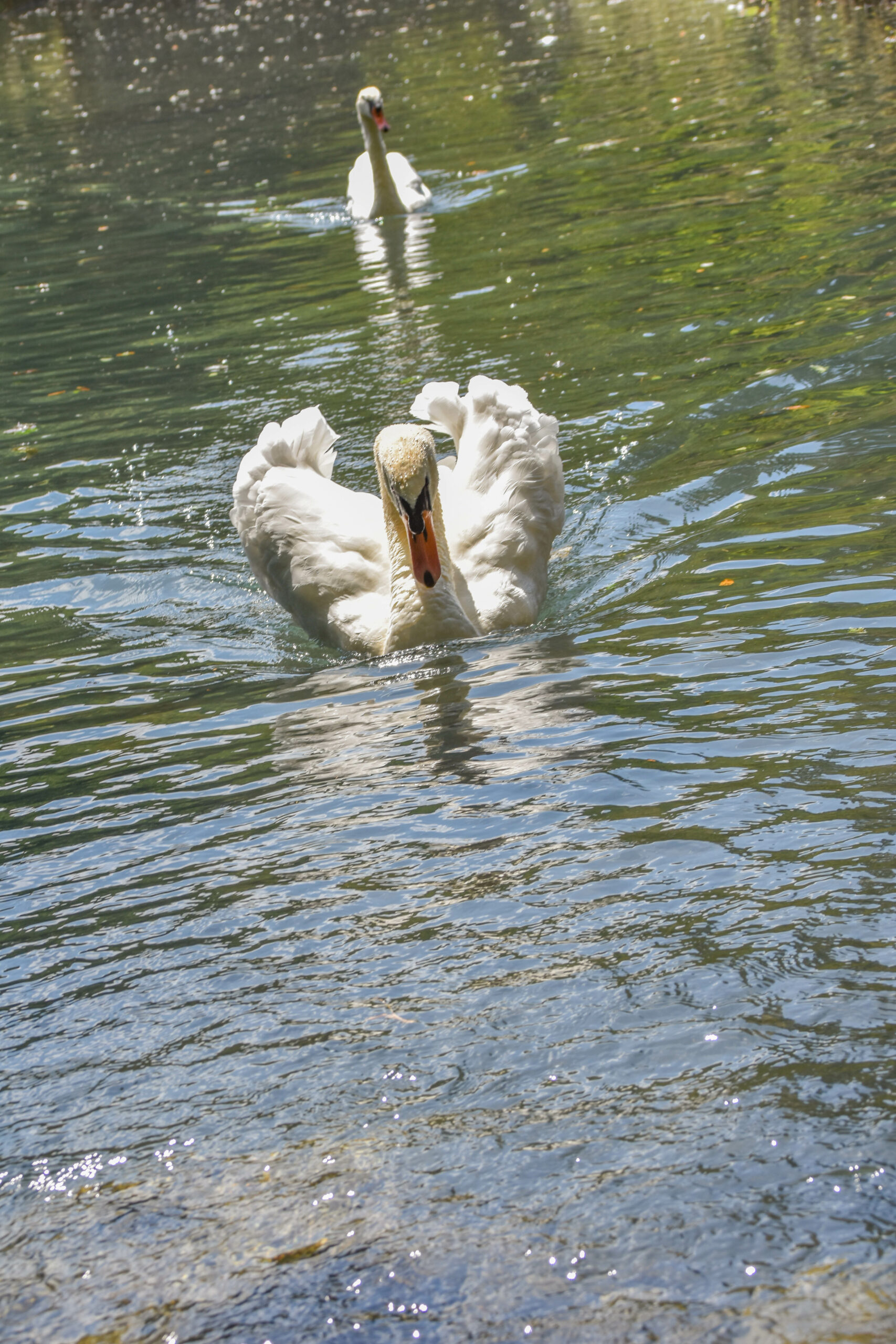
Read more
Technical information
Features
Cistercian architecture, modern art, rose garden
Best seasons
July - August
Opening hours
From June to September: every day from 10am to 6pm. October to December and February to May: 10am to 12:30pm and 2pm to 5pm, by reservation on Tuesdays. Closed on Mondays. Closed in January.
Budget
Full price: 6€ - reduced price 5€ - free for children under 26
Location
Ginals
favorite
The snack bar is open from Wednesday to Sunday from July to September, from 11am to 5pm and on event nights.
the little extras
- A room on the ground floor for people with disabilities presenting the collections on the first floor on a screen, as well as a tactile model.
- Play for children (but not only!). Using an app, collect your paintings to create your own virtual temporary exhibition in the abbey church. You can also enjoy outdoor games such as giant mikados in the shade of the park.
- Summer events: concerts, night-time lighting... The abbey is decked out in its finest assets to discover the place from a different angle:
THE PROGRAMME
Bed and breakfast in the vicinity
Little bonus
the abbey's barns
The key to the fields
8 minutes away : At the key to the fields in Varen
Favourite ♥: the view of the valley from the terrace and the pool.
The convent of Neuviale
At 11 minutes The convent of Neuviale in Parisot
Favourites ♥ : The building is a former convent which has retained all its character.
Lou Papagai
At 14 minutes Lou papagai
Coup de ♥: A tastefully executed renovation that highlights the old building, in a spacious setting, with a modern and attractive decor
For other accommodation ideas
